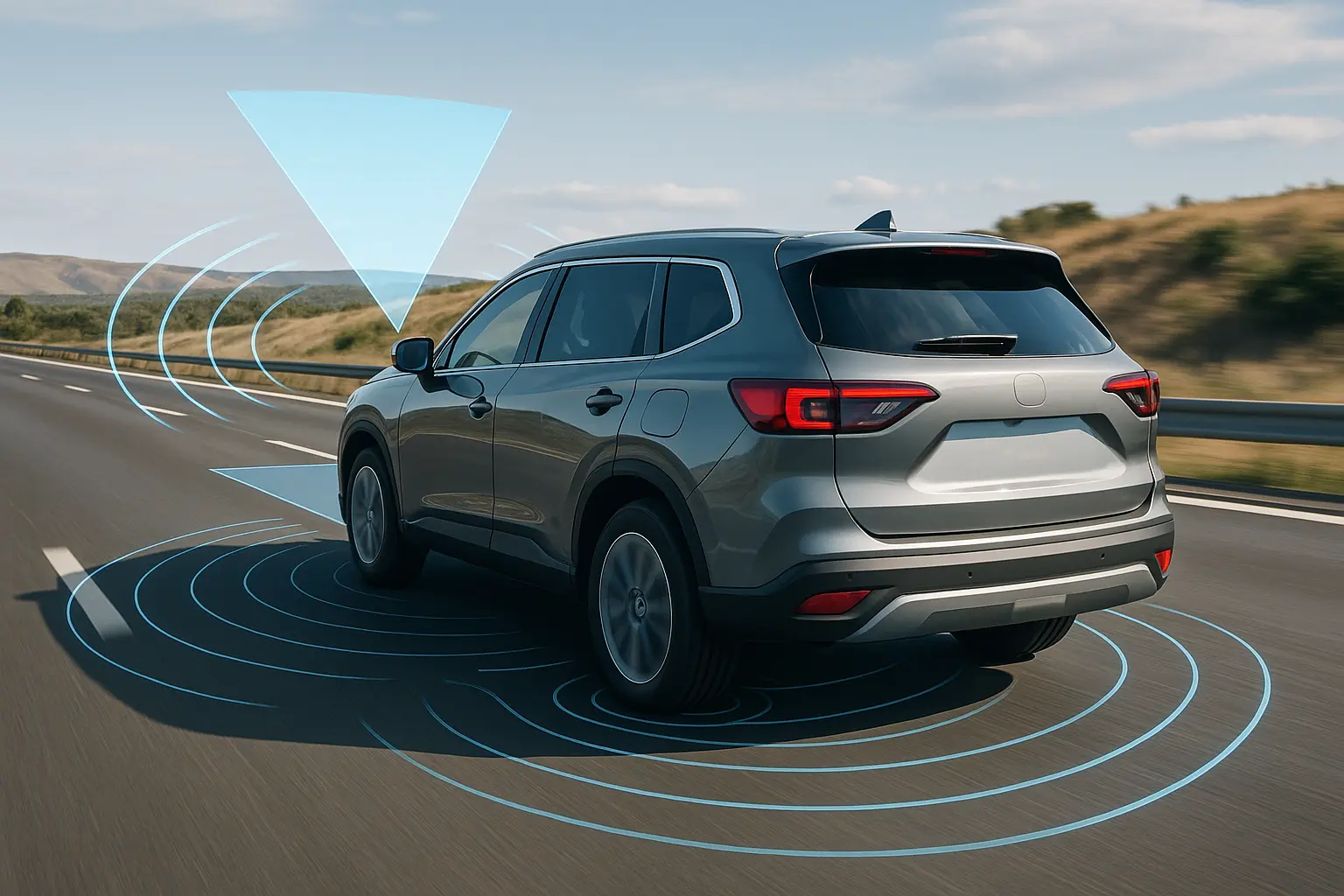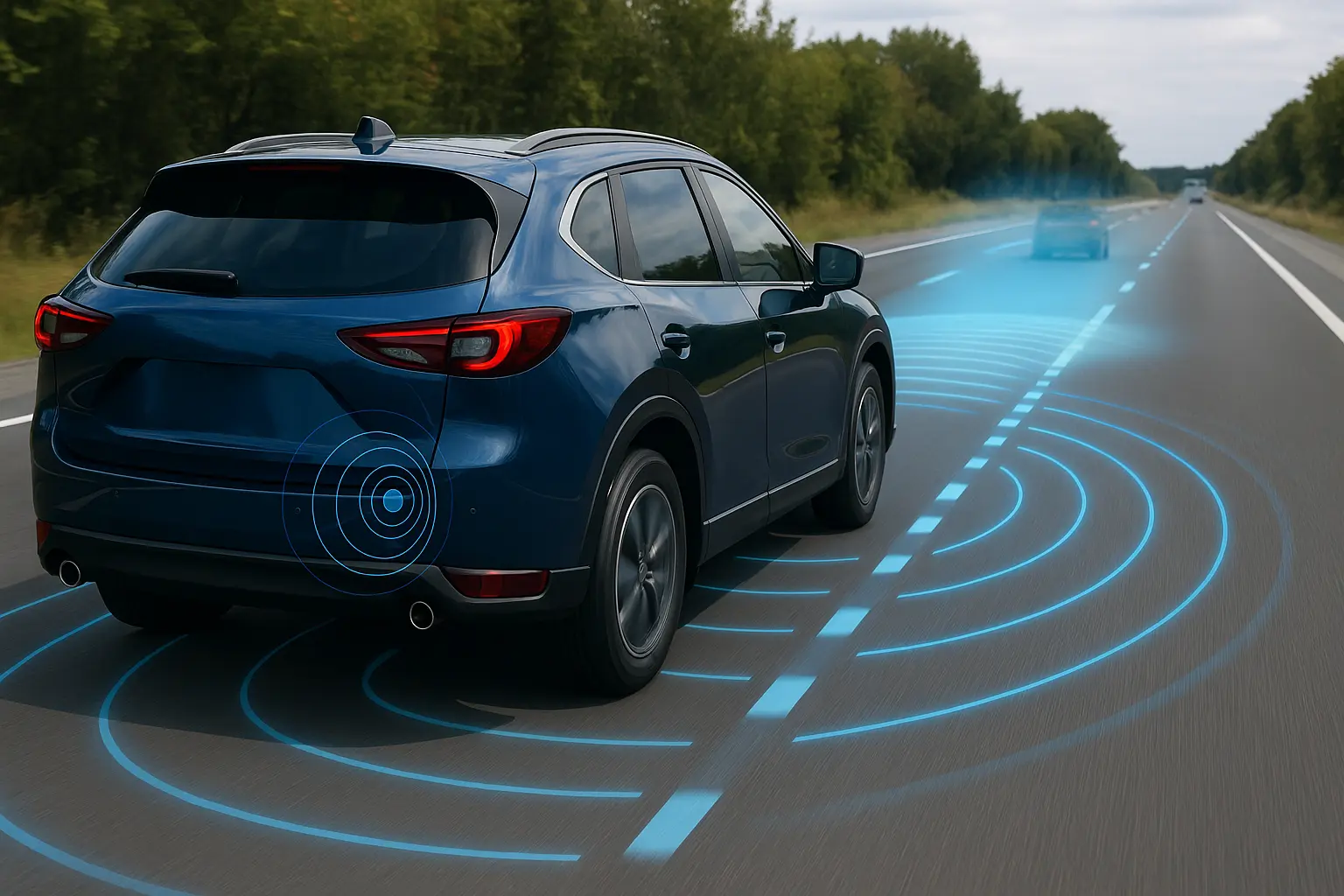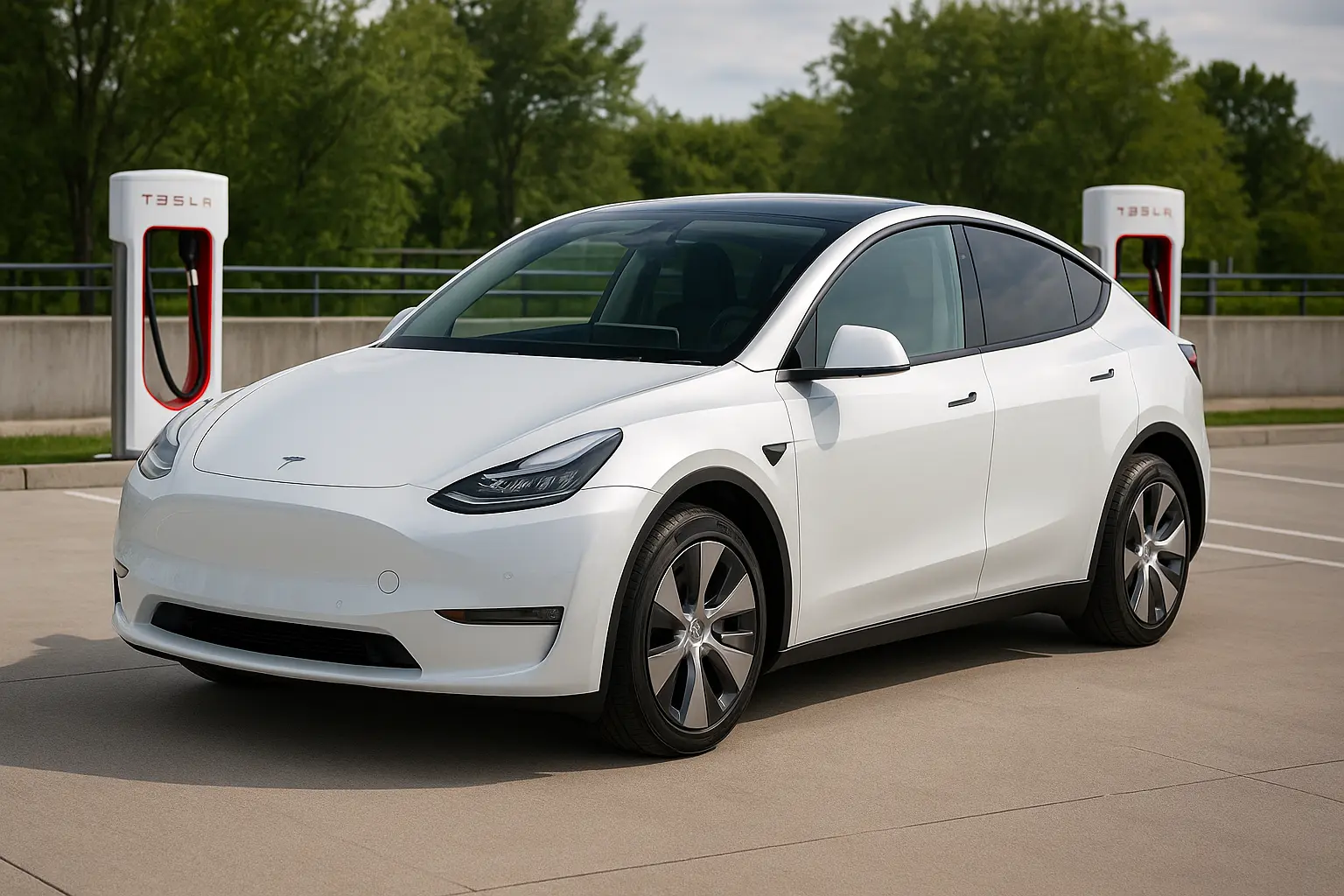What is ADAS? How Advanced Safety Systems Are Changing Driving in Australia
Introduction
Cars today are no longer just machines with wheels; they’re becoming smarter, more intuitive, and significantly safer. At the heart of this evolution is ADAS—Advanced Driver Assistance Systems.
For Australian drivers in 2025, understanding what ADAS is and how it works isn't just a matter of curiosity—it's essential for making smart car buying decisions. Whether you're buying a new SUV, a hybrid sedan, or your first EV, ADAS features now play a central role in safety and driving experience.
This detailed guide explores how ADAS is revolutionising driving in Australia, what key systems are available in 2025 vehicles, and how these features impact everyday driving.

1. What Is ADAS?
ADAS stands for Advanced Driver Assistance Systems—a collective term for safety technologies designed to assist the driver during the driving process. These systems aim to reduce human error, which is the leading cause of road accidents.
ADAS includes technologies like:
Adaptive Cruise Control
Lane Keep Assist
Blind Spot Monitoring
Autonomous Emergency Braking
Driver Attention Monitoring
Traffic Sign Recognition
Parking Assist Systems
Most ADAS systems use a combination of sensors, cameras, radar, LIDAR, and artificial intelligence to interpret the vehicle's surroundings in real time and either alert the driver or take action.
2. Why ADAS Matters for Aussie Roads in 2025
Australia’s vast and varied driving conditions—from city congestion to long outback highways—make the benefits of ADAS more relevant than ever. The Australian Government’s push towards safer vehicles and ANCAP’s 2025 safety ratings further encourage automakers to implement ADAS across more models.
Key reasons why ADAS is becoming vital in Australia:
Rising road traffic fatalities and injuries
Increased urbanisation and distracted driving
Greater adoption of EVs and hybrids with advanced tech suites
ANCAP 2025 protocols require ADAS for top safety ratings
3. Types of ADAS Systems in 2025 Cars
Let’s break down the major ADAS technologies found in 2025 cars in Australia.
A. Adaptive Cruise Control (ACC)
Maintains a set speed while keeping a safe distance from the car ahead. Ideal for highway drives.
B. Lane Keep Assist (LKA)
Detects road markings and gently steers the vehicle to stay in the lane. Some systems intervene only if you're drifting.
C. Lane Departure Warning (LDW)
Alerts the driver when the car starts to drift out of its lane without signalling.
D. Autonomous Emergency Braking (AEB)
Automatically applies brakes if a collision is imminent and the driver fails to respond.
E. Blind Spot Monitoring (BSM)
Alerts the driver if there's a vehicle in the blind spot while changing lanes.
F. Rear Cross Traffic Alert (RCTA)
Warns of approaching vehicles from the side when reversing.
G. Driver Drowsiness Detection
Monitors driving patterns and alerts if signs of fatigue are detected.
H. Traffic Sign Recognition
Reads road signs and displays them on the dashboard or heads-up display.
I. 360-Degree Surround View Cameras
Uses multiple cameras to give a bird’s-eye view of the vehicle while parking.
4. ADAS in Electric and Hybrid Cars
Electric and hybrid vehicles in 2025 are often equipped with full ADAS suites due to their modern architectures. Brands like Tesla, Hyundai, Kia, BYD, and Polestar are pushing the boundaries of autonomous readiness through ADAS.
For example:
Tesla Model 3 Highland: Offers “Autopilot” with adaptive cruise, lane centring, and emergency braking.
Hyundai Ioniq 6: Comes with advanced SmartSense safety suite.
BYD Seal: Integrates multiple radars and cameras for high-level driver assistance.
5. Legal and Insurance Impact of ADAS in Australia
A. Legal Framework
Australia is gradually introducing regulation around autonomous tech. While ADAS doesn’t replace the driver, liability laws are evolving to account for semi-autonomous functions.
B. Insurance Implications
Vehicles equipped with ADAS often qualify for lower insurance premiums due to reduced accident risk. However, repairs for ADAS systems—like sensor calibrations—can be costly after collisions.
6. Benefits of ADAS: Safer and Smarter Driving
✅ Enhanced Safety
The primary benefit is accident reduction. AEB and LKA can prevent rear-end and off-road accidents.
✅ Reduced Driver Fatigue
Long highway drives become easier with adaptive cruise and lane centring.
✅ Improved Insurance Outcomes
Lower premium brackets for ADAS-equipped cars.
✅ Better Resale Value
Cars with full ADAS features fetch higher resale prices as buyers seek modern safety.
7. Limitations of ADAS
While ADAS offers many advantages, it’s not flawless.
False Positives: Some systems can be overly cautious.
Weather Limitations: Heavy rain or fog can block cameras and sensors.
Overreliance: Some drivers become complacent and overly trust automation.
Repair Costs: Damage to bumpers or mirrors may involve expensive sensor calibration.
8. Popular 2025 Cars in Australia With Strong ADAS Suites
| Model | Type | Key ADAS Features |
|---|---|---|
| Tesla Model Y | Electric SUV | Autopilot, Emergency Braking, Lane Assist |
| Toyota Camry Hybrid | Sedan/Hybrid | AEB, Lane Trace Assist, Road Sign Assist |
| Kia Sportage GT-Line | SUV | Blind Spot View Monitor, ACC, LKA |
| Hyundai Tucson Highlander | SUV | Surround View, BSM, AEB |
| Mazda CX-5 Akera | SUV | Driver Monitoring, ACC, Smart Brake Support |
| Honda CR-V e:HEV | Hybrid SUV | Adaptive Cruise, LKA, Parking Sensors |
| Subaru Outback Touring XT | AWD Wagon | EyeSight ADAS, Lane Centring, AEB |
9. How to Choose a Car With the Right ADAS Features
Consider Your Driving Style
City Commuter: Look for parking assist, blind spot monitoring, and low-speed AEB.
Highway Traveller: Adaptive cruise control and lane assist are must-haves.
Family Safety: Prioritise 360-degree cameras and driver monitoring.
Check ANCAP Ratings
The 2025 ANCAP safety protocols demand comprehensive ADAS to achieve 5-star ratings.
Evaluate User Interface
Choose systems that are intuitive and not overly intrusive. Some brands allow customization of ADAS intensity.
10. Future of ADAS: Towards Full Autonomy?
ADAS is the stepping stone to fully autonomous cars. In 2025, most Level 2 systems are common, but Level 3 (conditional automation) is being tested. By 2030, we may see partial autonomy on approved roads in Australia.
Key developments to watch:
Connected vehicle-to-vehicle (V2V) communication
Self-learning AI in cars
More advanced LIDAR integrations
Final Thoughts: Is ADAS Worth It?
Absolutely. Whether you're a new driver or a seasoned road warrior, ADAS-equipped cars offer real-world benefits—from improved safety and comfort to future-proofing your purchase.
In Australia’s evolving auto market, understanding ADAS helps you:
Choose smarter,
Drive safer, and
Stay ahead of tech trends.
If you're shopping for a new car in 2025, ADAS isn't just a bonus—it's becoming essential.
Leave a comment
Your email address will not be published. Required fields are marked *




